Importance of Trees for Living Beings
Nature WorldWide March 1, 2024 0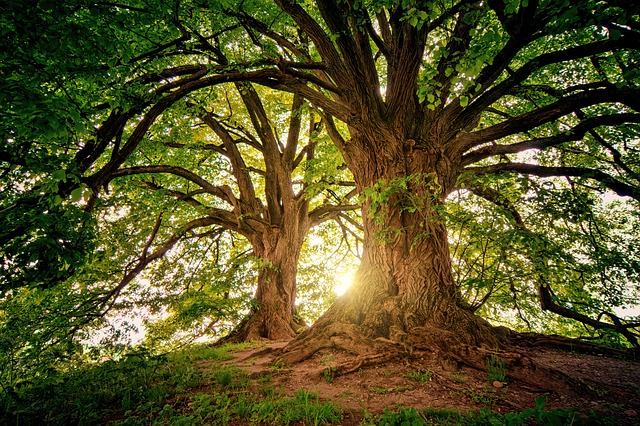
Right from the beginning, trees have provided us with the two essential things of life, food and oxygen. They provided additional needs such as shelter, medicine, and equipment. Even today, their value continues to increase and more benefits of trees are being discovered as their role expands to meet the needs created by our modern lifestyle. Let us know more about the Importance of Trees for Living Beings-
Community and Social Values
Trees are an important part of every community. Our streets, parks, playgrounds, and backyards are lined with trees creating a peaceful, aesthetically pleasing environment. Trees enhance our quality of life by bringing natural elements and wildlife habitats into urban settings. We gather with family and friends under the cool shade it provides during outdoor activities. Many trees are thousands of years old which are historical sites and a great source of pride for the city.
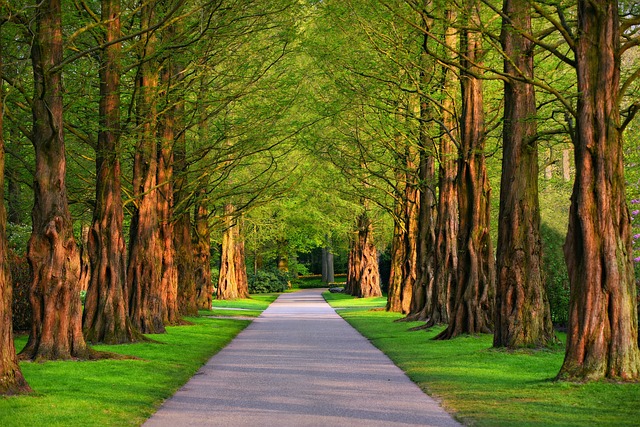
Trees are used in cities to protect from sunlight and heat from pavements as well as to reduce the heat gain caused by commercial buildings.
Read More: 10 Most Oxygen Producing Trees in India
Ecological and Environmental Values
Trees contribute to their environment by providing oxygen, improving air quality, improving climate, conserving water, preserving soil, and supporting Wildlife. During the process of photosynthesis, trees take in carbon dioxide and produce the oxygen we breathe.
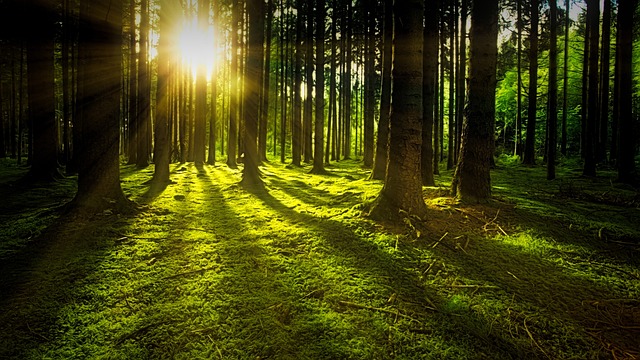
According to the US Department of Agriculture, “One acre of forest absorbs six tons of carbon dioxide and releases four tons of oxygen. This is enough to meet the annual needs of 18 people. “Trees, shrubs, and turf filter the air by removing dust and absorbing other pollutants such as carbon monoxide, sulfur dioxide, and nitrogen dioxide. After the trees intercept the unhealthy particles, rain washes them onto the ground.
Climate and Temperature Control
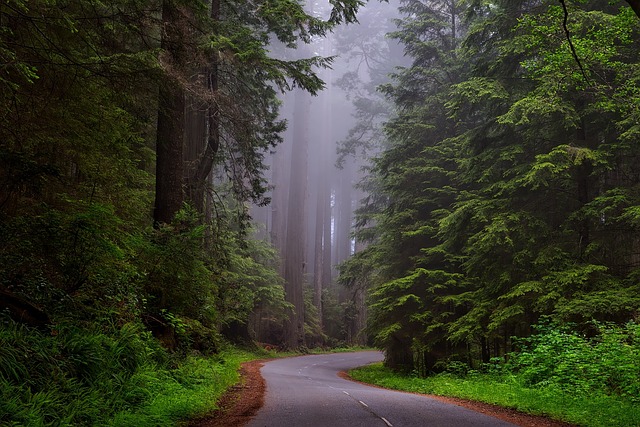
Trees regulate climate by controlling the effects of sun, rain, and wind. Leaves absorb and filter the sun’s radiant energy to keep things cool in the summer. Trees conserve heat by providing a screen from harsh winds. Apart from influencing the speed and direction of wind, they protect us from the effects of rain and hail. Trees lower air temperatures and reduce the heat intensity of the greenhouse effect while maintaining low levels of carbon dioxide.
Read More: Top 10 Fastest-Growing Trees in India
Important for Ecosystem
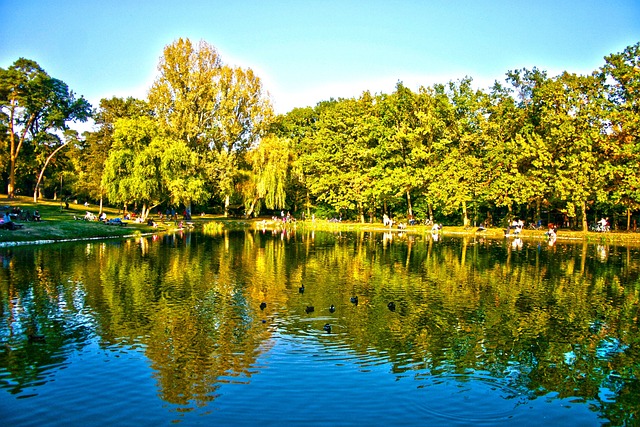
Both above and below ground, trees are essential to the ecosystem in which they reside. Far-reaching roots hold the soil in place and fight erosion. Trees absorb and store rainwater which reduces runoff and sediment deposits after storms. It helps recharge groundwater supplies, prevents flow transport of chemicals, and prevents flooding. The leaves of the tree make excellent compost that enriches the soil.
Wildlife Food and Habitat
Many animals, including elephants, buffalo, deer, and giraffes, eat leaves for nutrition. Bees, bumblebees, and small kites suck the juice of flowers and also carry pollen from one place to another. Monkeys, birds, bats, and numerous insects eat the fruits and also play a role in transporting their seeds from one place to another.
Read More: Sacred Trees, Plants and Fruit in Hindu Culture
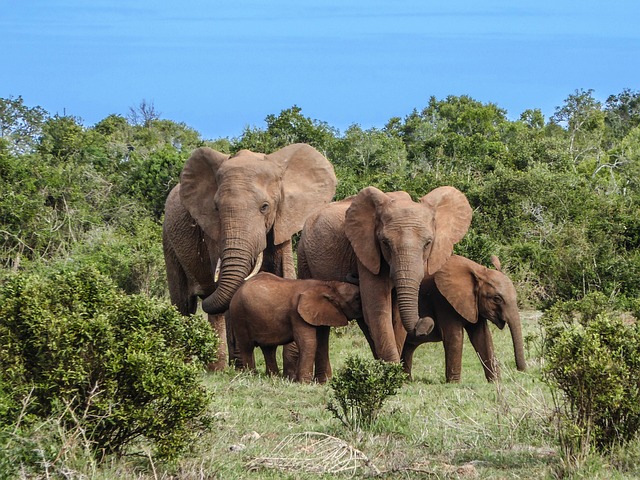
Squirrels, rats, ants, and other creatures bury the seeds underground, while some seeds are covered by the falling leaves of trees. After rain, they germinate and become trees and plants. This process continues continuously. Except for humans, all living beings on Earth depend on forest resources.
Personal and Sentimental Value

The main reason we like trees is that they are both beautiful and majestic. Different species display an endless variety of shapes, forms, textures, and vibrant colors. Even individual trees change their appearance throughout the year as the seasons change. The trees’ strength, long lifespan, and regal stature give them a monument-like quality. Most of us react to the presence of trees with a pleasant, relaxing, comfortable feeling. Many people plant trees as living memories of life-changing events.
Read More: The World’s 10 Most Common Trees
Family Values

Trees help record your family history as they grow and develop with you and your children. We often form an emotional connection with the trees we plant or connect personally with the people we see every day.
Practical Value
Trees have continuously supported life throughout the existence of human life. They have had a wide variety of practical and commercial uses since the beginning. Wood was the very first fuel, and is still used for cooking and heating by about 40% of the world’s population.
Read More: Top 10 Beautiful Flowering Trees in India
Commercial Value
Trees provide wood for building construction, furniture manufacturing, tools, sports equipment, and thousands of household items. Wood pulp is used to make paper.
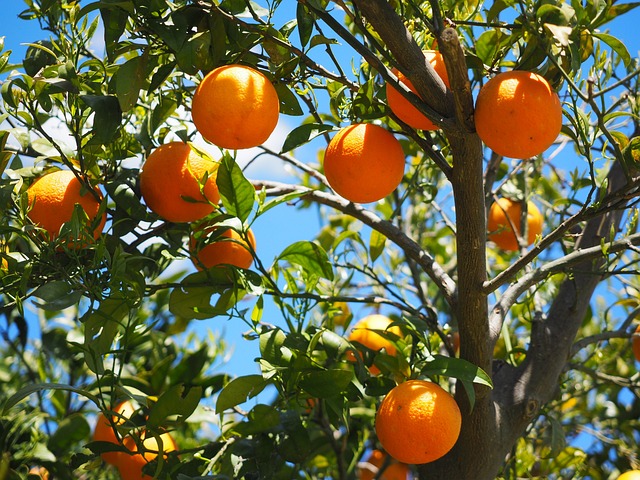
We all know about the apples, oranges, and countless other fruits and nuts provided by trees, as well as the delicious syrup from North American sugar maples. But did you know that the bark of some trees can be made into cork and is a source of chemicals and medicines? both quinine and aspirin Are made from bark extract. The inner bark of some trees contains latex, which is the main component of rubber.
Read More: Exploring the 11 Most Colorful Trees in the World
Property and Economic Value
Individual trees and shrubs contribute to value and savings, but it is the collective effect of a well-maintained landscape that creates the real economic impact and has the greatest impact on property value. Direct economic benefits come from savings in energy costs. Cooling costs are reduced in a tree-shaded home, and heating costs are reduced when a tree acts as a canopy. According to the USDA Forest Service, “Properly planted trees around buildings can reduce air conditioning needs by 30% and save 20-50 percent in energy used for heating.”




